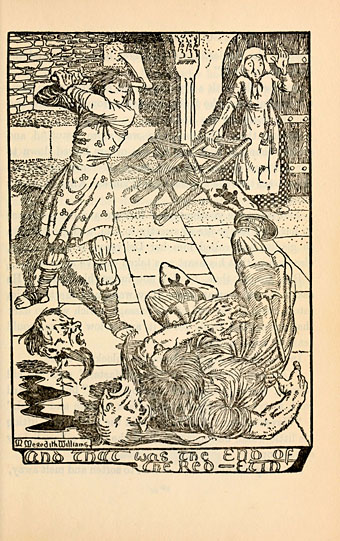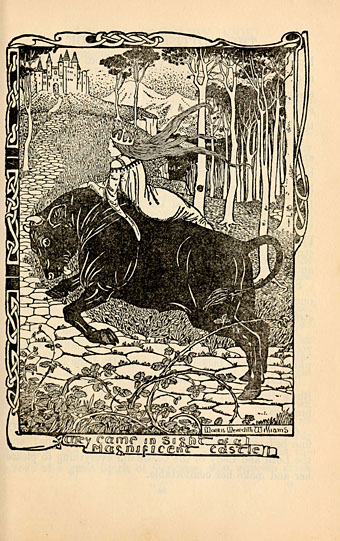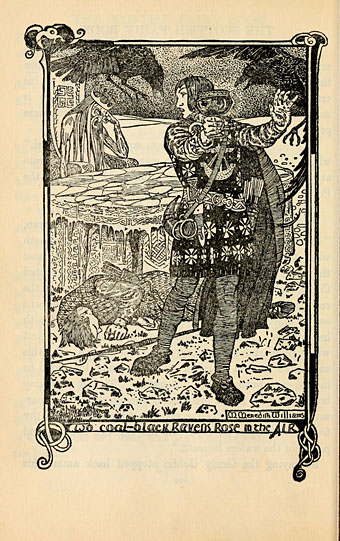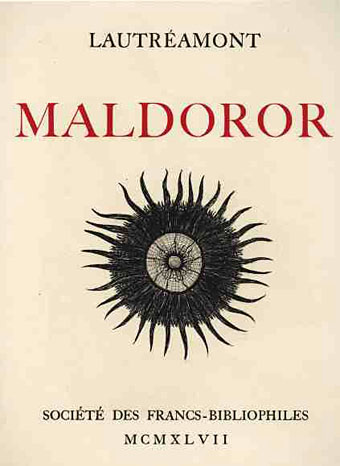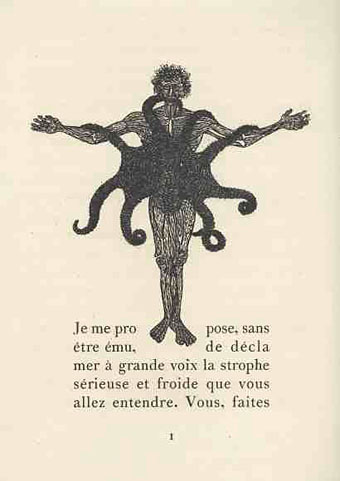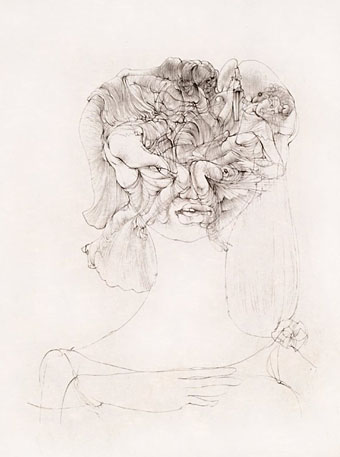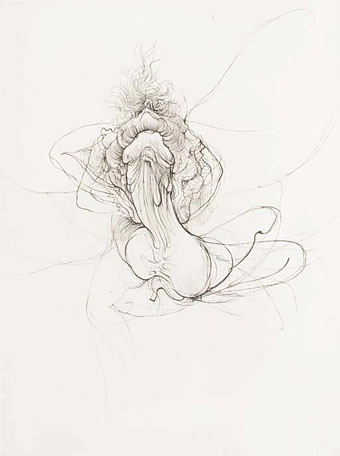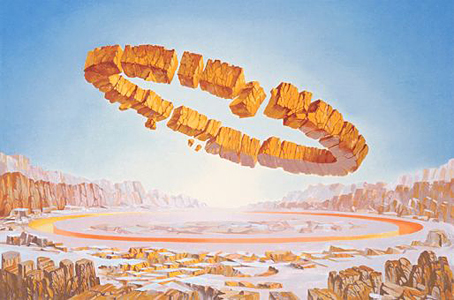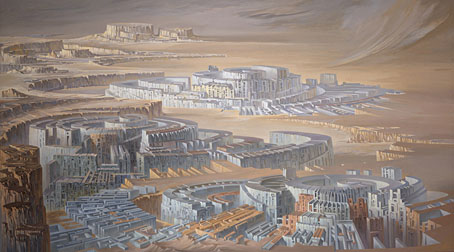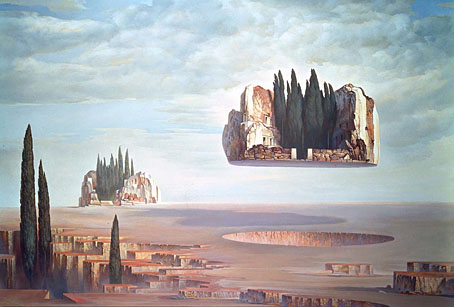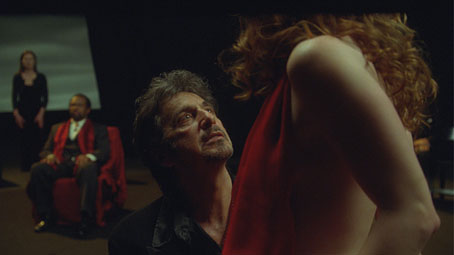
Three years on and Al Pacino’s recent pet projects—Salomé and Wilde Salomé—have yet to be given a general release. Salomé is the one I’m most eager to see, a filmed performance of the Oscar Wilde play with Jessica Chastain in the title role. There is at least a trailer now, which gives an intriguing taste of the production. Like Steven Berkoff, Pacino has opted for modern dress while making some of the details—the moon, Jokanaan’s well—more material. If Wilde’s Symbolist melodrama seems rather effete for a man known for playing gangsters it should be noted that the play features a suicide and two executions, as well as a strong theme of paternal incest and even necrophilia. Herod, of course, is notorious for being a child-murdering king.
Pacino and Jessica Chastain are in London on Sunday at BFI Southbank talking with Stephen Fry about Salomé and the feature-length production documentary, Wilde Salomé. Both films will also receive screenings. Here’s hoping the rest of us won’t have much longer to wait before we can see them.
Elsewhere on { feuilleton }
• The Oscar Wilde archive
• The Salomé archive


